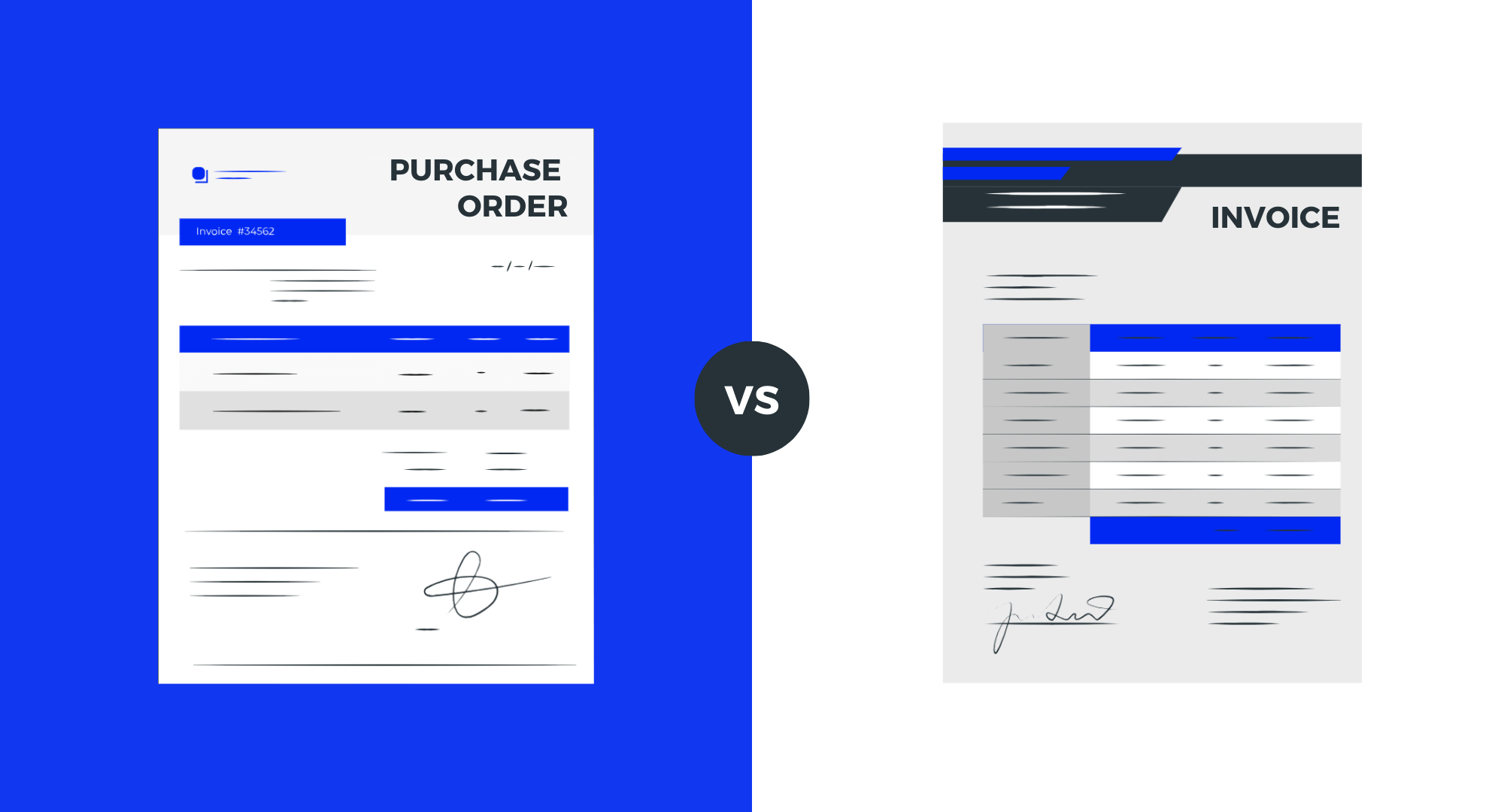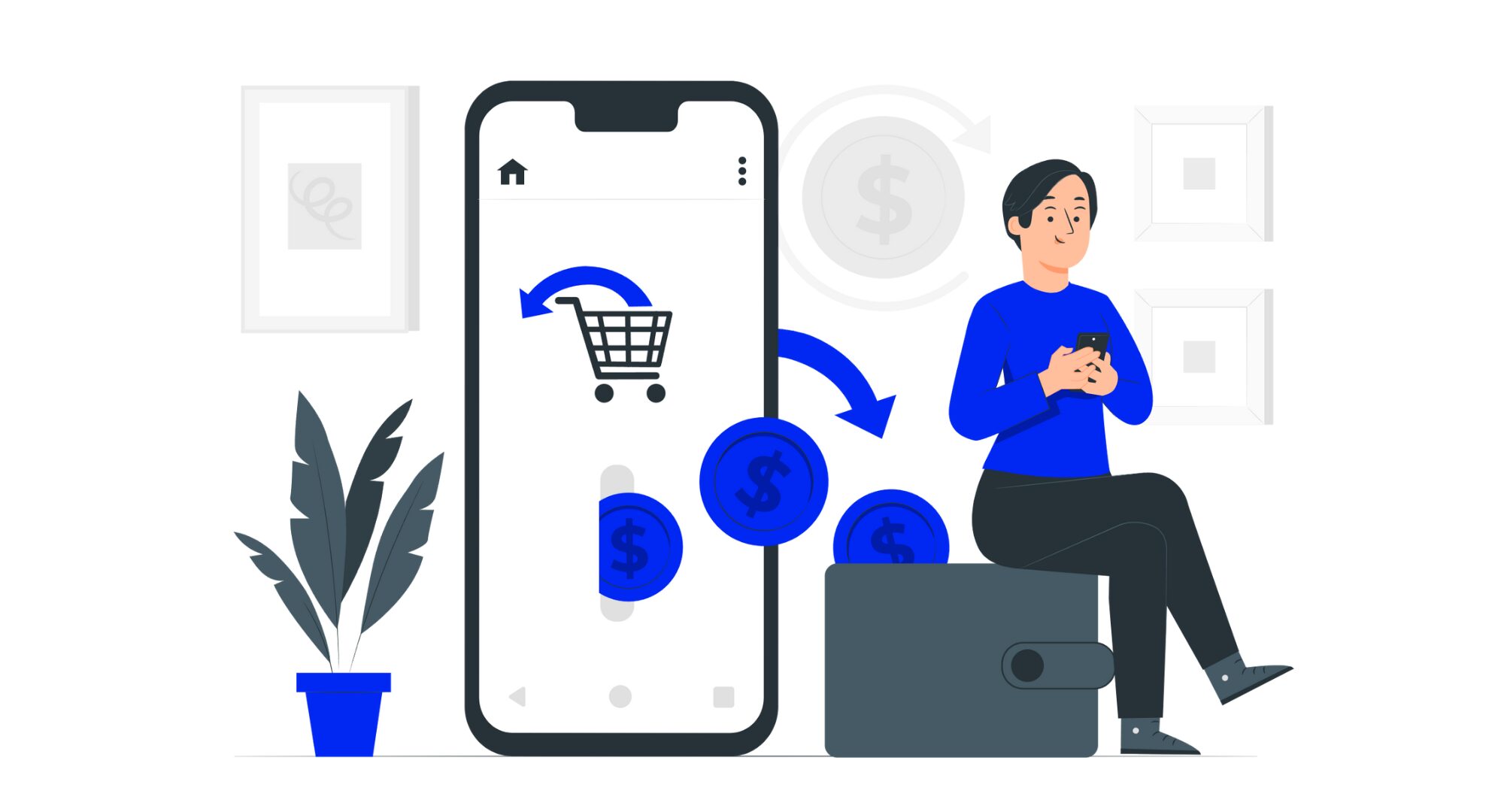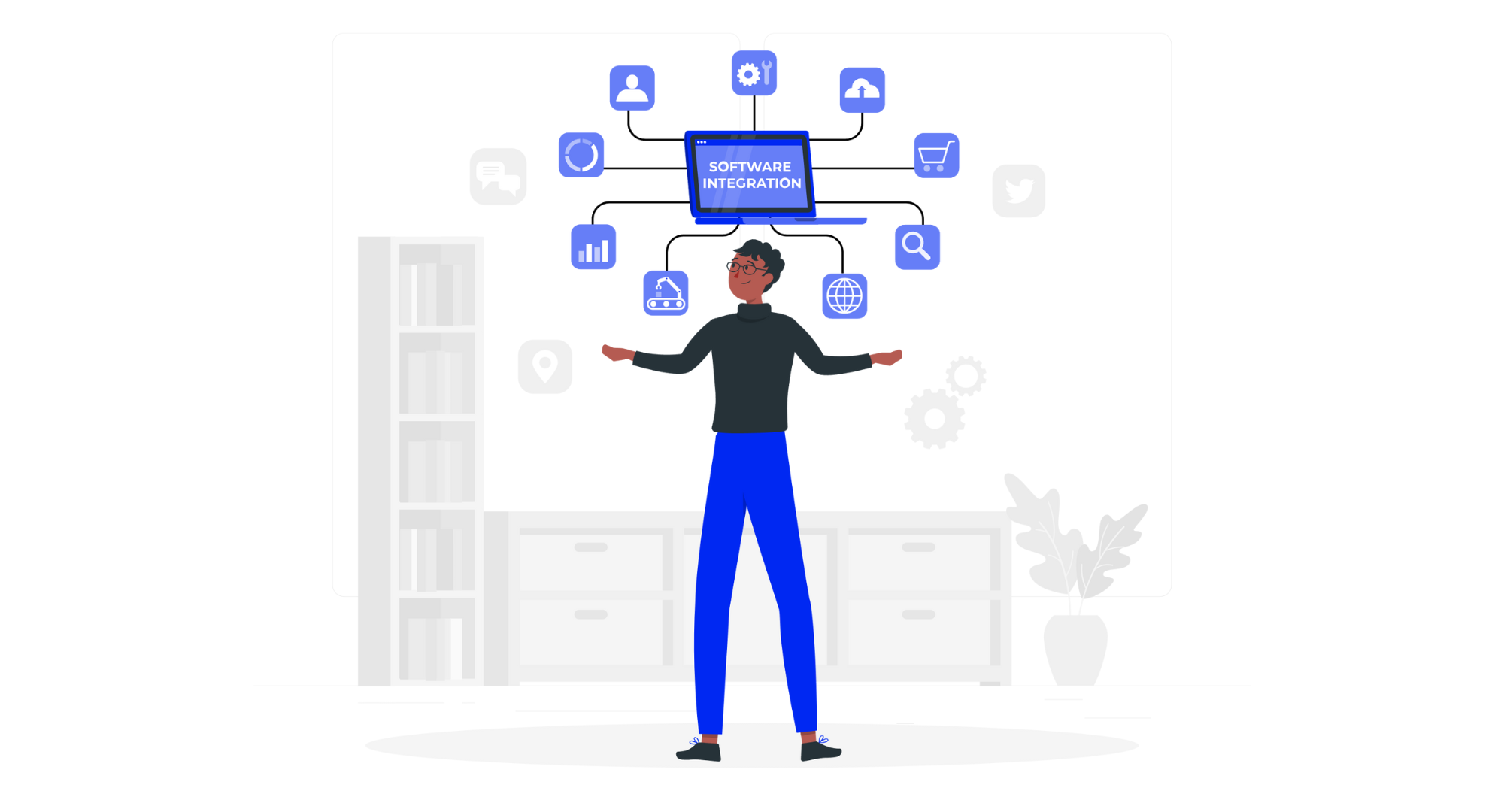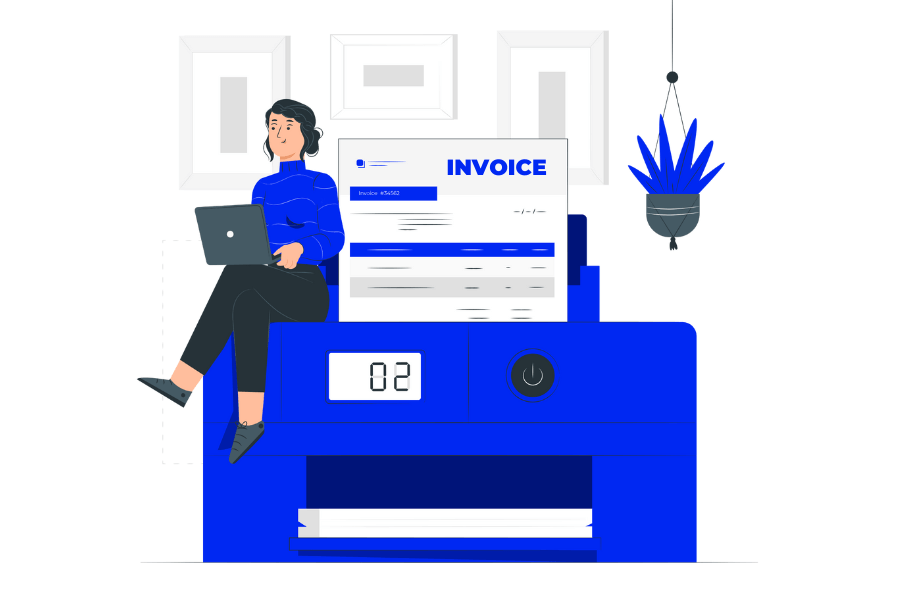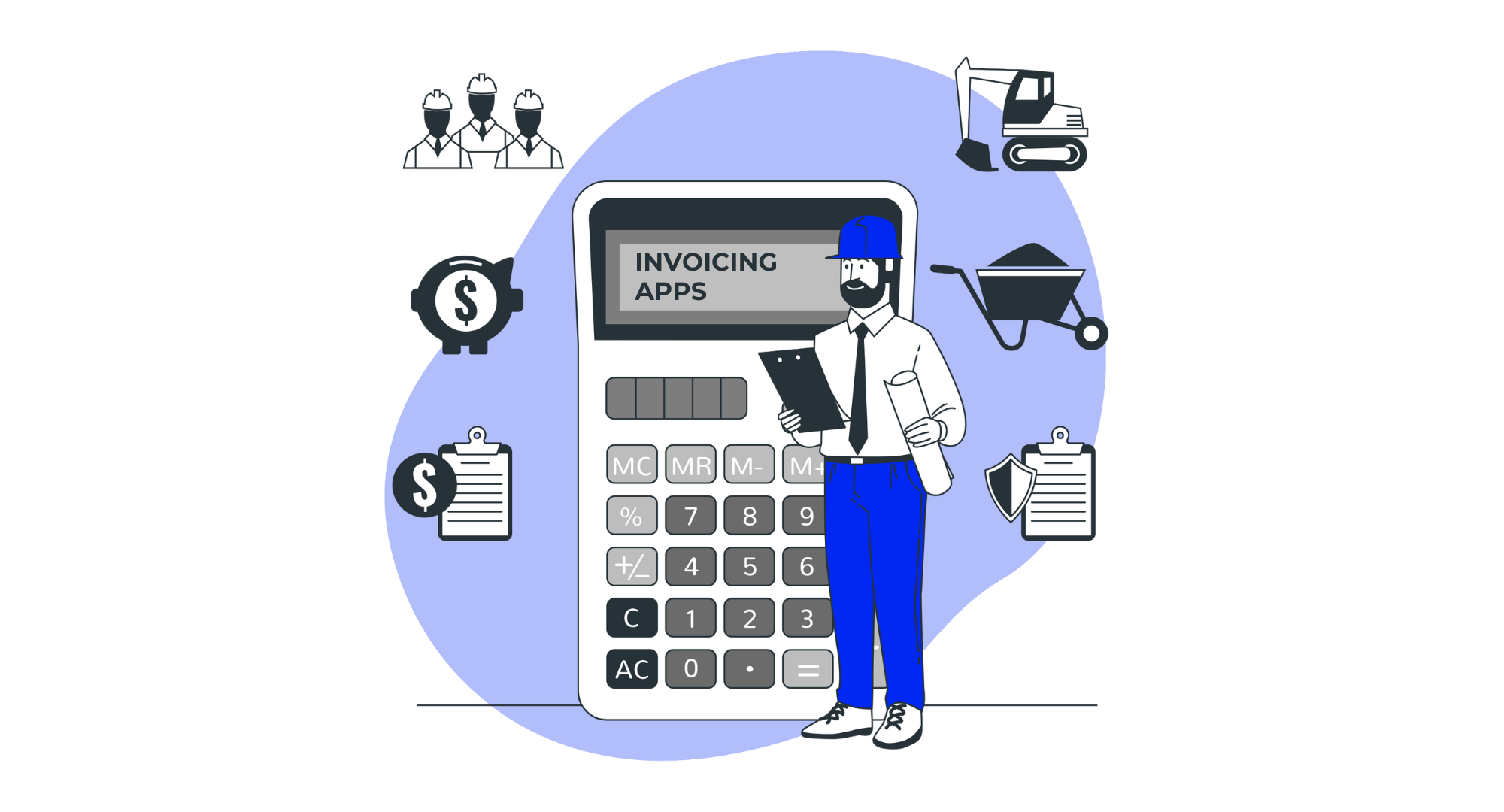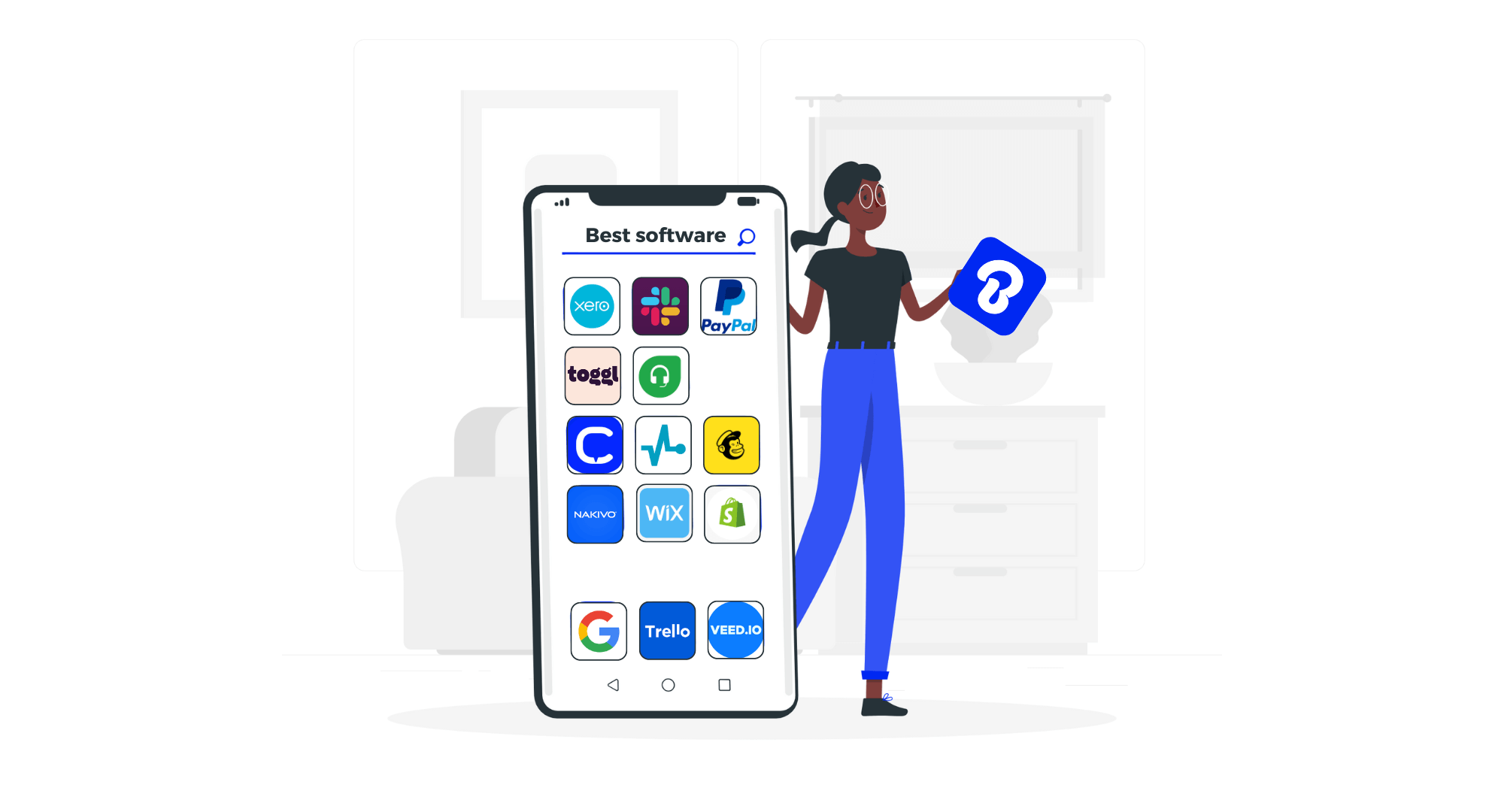
Purchase orders and invoices are two crucial documents in every company’s procurement procedure. They are also important records for a company’s accounting software. It can be problematic for your business if you don’t grasp and distinguish between these two concepts. This article will help you understand what they are and their differences. See the comparison of purchase orders vs invoices.
Key Takeaways
- Purpose: Buyers issue purchase orders to approve purchases; sellers send invoices to request payment.
- Timing: Purchase orders come before delivery; invoices are sent after.
- Initiator: Buyers create POs; sellers issue invoices.
- Legal Binding: POs become binding once accepted, defining terms and obligations.
What is a Purchase Order?
A purchase order, commonly referred to as a PO, is the formal document that a buyer sends to a vendor to monitor and manage the purchasing process. PO specifies the order’s contents including goods specification and quantity, the deadline for delivery, and the cost. It will become a binding agreement as soon as the vendor accepts it.
Learn more in our article: What is a Purchase Order?
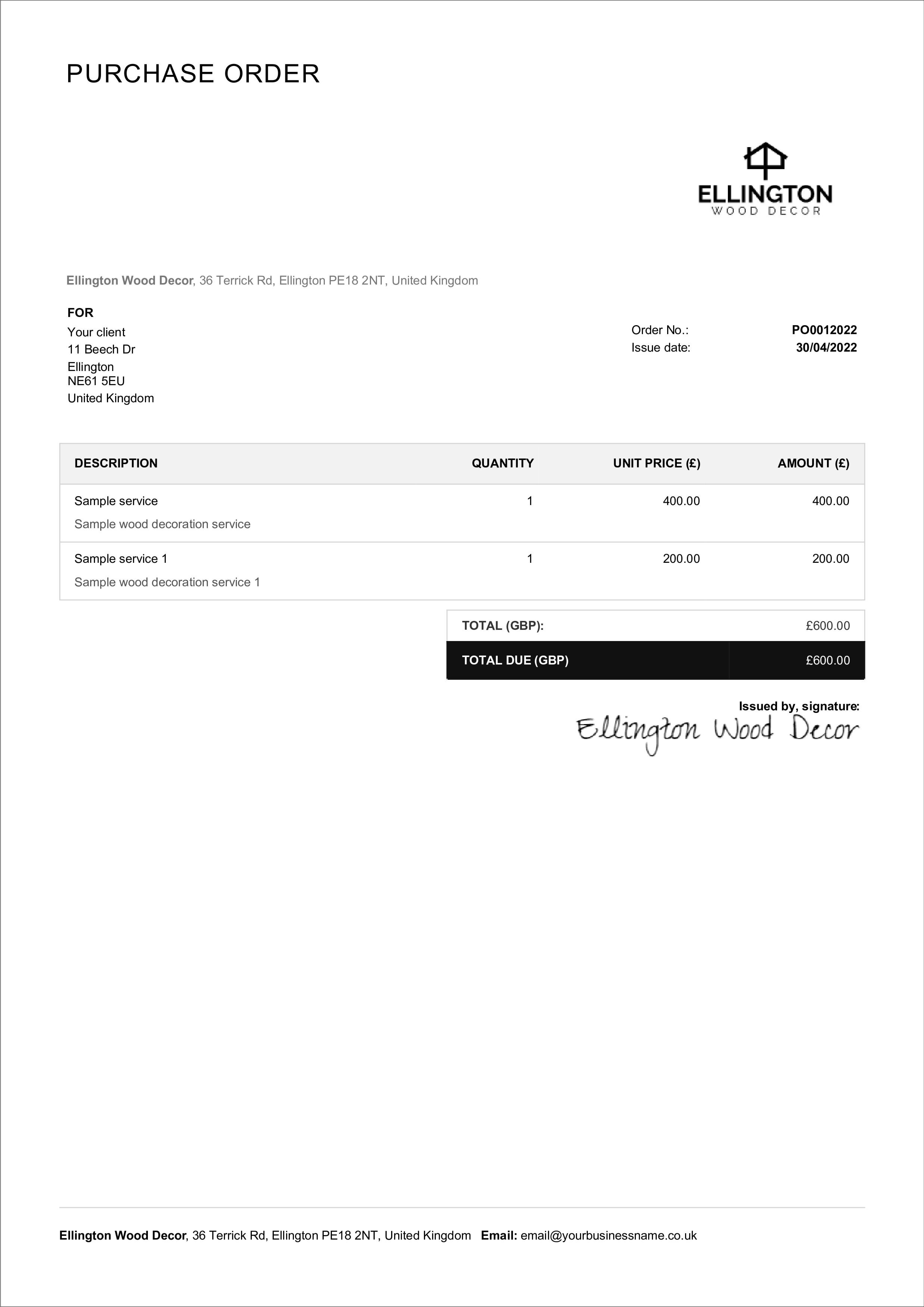
(Download the purchase order template in PDF)
A purchase order is such an important document in purchasing process due to many reasons. It helps to provide enough and clear information to the sellers about what you want to purchase and at what price. When it is approved by the seller, it serves as evidence of an agreement between your company and the seller for the quantity and the price. In addition, you also can use the purchase order to track the order and effectively manage your inventory.
You can easily and for free create it with a purchase order generator.
What should an purchase order include?
The purchase order will include a list of the services or quantities, the quantity, and the price. Once the seller agrees to the invoice, it turns into a legally-binding contract for both the buyer and the seller.
This is why it’s essential that the buyer is extremely clear in communicating exactly what they want to buy and the quantities. The last thing you want is the seller to be confused when they get their copy of the purchase order.
At the very least, your purchase order should have the following:
- Date the buyer issued the purchase order
- Name and address of the buyer
- Name and address of the seller (supplier)
- Details about the goods or services purchased (list with exact quantities and final price)
- Terms and conditions of the transactions
- Purchase order number
- Authorization signature from the buyer’s side
If your purchase order doesn’t have these items in the very least, you’re setting yourself up for legal and accounting problems down the line.
What is an Invoice?
But, isn’t a purchase order the same as an invoice? The short answer is NO. These are two very different things.
An invoice is a formal request for payment that a vendor sends to their customers after an order is fulfilled. It states the amount that the customers need to pay with a detailed list of the items or services that have been supplied.
An invoice also becomes a legally binding contract between the buyer and the seller, and it totals the debt that the buyer owes.
Explore all invoice types to stay ahead in your financial management.
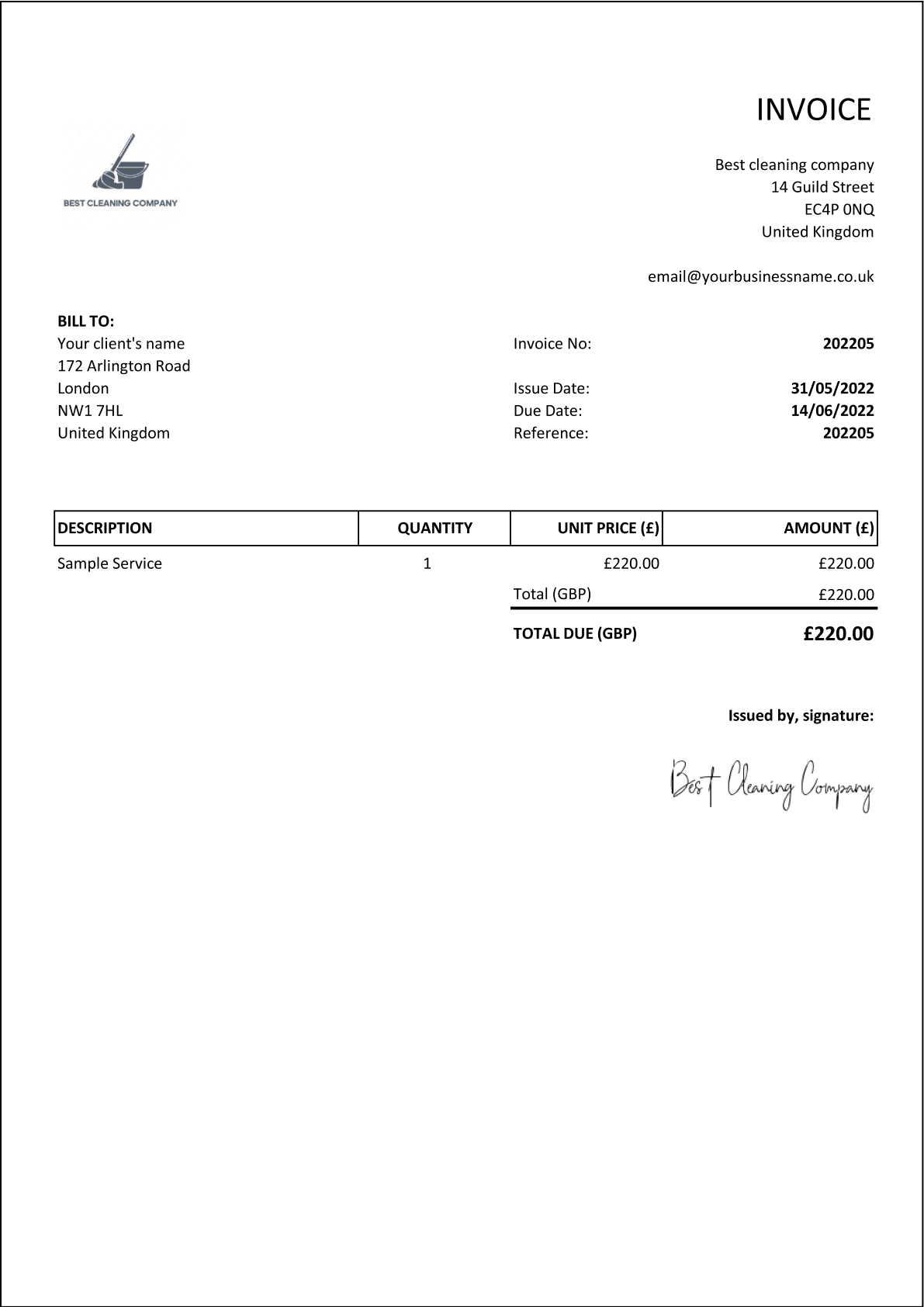
(Download the invoice template in PDF)
What should an invoice include?
Each invoice displays the items or services for the most recent deliveries and maintains a record of account balances if you or your client is on a payment plan therefore invoices are very important, without them you won’t get paid.
You can also send an invoice after you’ve delivered goods and services (popular with freelancers), and it usually contains a payment due date. An invoice also becomes a legally binding contract between the buyer and the seller, and it totals the debt that the buyer owes.
Seeking knowledge on free invoice creation? Dive into the detailed article for insightful guidance.
- Agreed-upon prices
- Any discounts or taxes
- Date the invoice is issued
- Details and quantity of the goods and services provided
- Invoice number
- Name and address of the seller
- Name and address of the buyer
- Payment due date
- Purchase order number, if a PO was issued
- Transaction terms and conditions (optional)
- Total amount that is due
Keeping track of your invoices safeguards you and your company and makes audits and account settlements later on simpler. Using tools such as invoice generator will help you save time when creating your invoices and will help you to look professional in the eyes of your clients.

